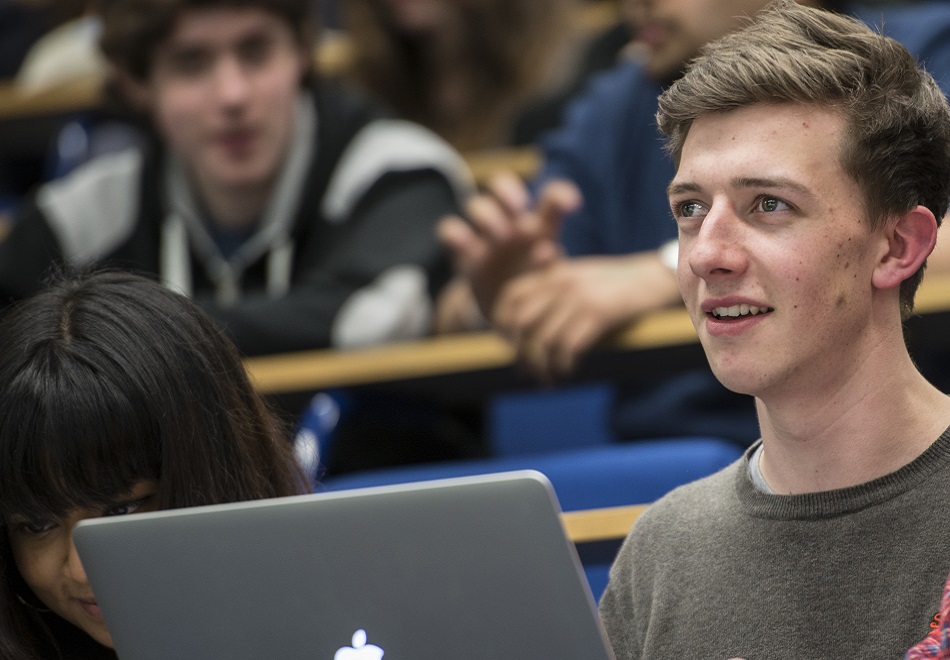
The Social Sciences Buddy Scheme
Many of our subject areas offer Buddy Schemes to help new students settle in over their first weeks at university. Final year Politics student and Social Science Buddy Scheme Coordinator, James Edwards, explains how the scheme is helping new students and buddies.
Continue reading →









